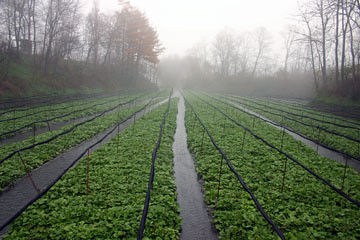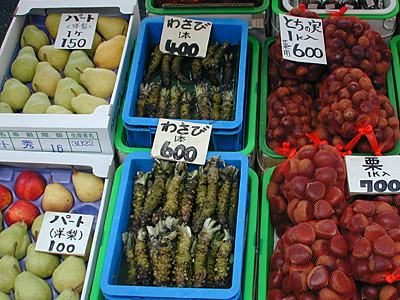In January I had the opportunity to revisit Singapore for work; I had been there before as a tourist in 2008. This time I met many businessmen, investors, programmers and hackers that introduced me to the start-up and innovation world in Singapore. I will tell you some of the stuff I learned.
With only five million inhabitants, Singapore has become one of the biggest exporting and technological powers in the world. Only 50 years ago Singapore was a small fishing town and nowadays its GDP is bigger than much larger countries like Portugal or Ireland. Singapore’s GDP has multiplied by a factor of 10 in just the last 30 years, having today the fourth largest GDP per capita in the world.

It is such a small country that the government can control better what happens in the country, take decisions faster and adapt to changes with more agility. One of the great strategies of the government during the last decades has been to turn Singapore into a financial and technological hub.
The government controls 60% of the whole GDP through several entities, some of them half-private, and even though it seems like they control too much of the GDP, they are very flexible at leaving the money flow and create wealth. Because it is not a big country they can control well how the money is spent and use it in an efficient way.
Singaporeans are really open when receiving foreigners; if you have university studies it is relatively easy to get a job permit. This helps new companies to acquire talent all over the world without the immigration barriers that other countries impose (lately it’s more difficult than ever to get a job permit in United States or Japan). For example, Google has one of their main offices in Asia in Singapore just because of this reason, it’s much easier for them to find talent here than anywhere else in the world. Singapore is very multicultural.

The government gives a lot of support to people with entrepreneurial intentions, not only with money but also with advice from experts. For example, one of the investment plans that the National Research Foundation started last year gives you 85% of the investment that you are willing to assume up until half a million dollars per company. In other words, if you invest 75,000 dollars, the government will invest 415,000 dollars in your company! If the company fails you never have to give that money back and if the company is successful you have the option to regain that 85% of the company buying it back from the government and assuming total control of it. The government takes a lot of risks but then they are not selfish and leave you grow with freedom.
The infrastructure, the size and the open mentality of the government, the talent pool and the new companies that invest in Singapore are the ideal breeding ground to create a great future.
Look how well defined are the objectives of the Singapore Government for 2015, they look like the targets of a private company:
- To be #1 in the world in harnessing infocomm to add value to the economy and society
- To realise a 2 – fold increase in the value-add of the infocomm industry to S$26 billion
- To realise a 3 – fold increase in infocomm export revenue to S$60 billion
- To create 80,000 additional jobs
- To achieve 90% home broadband usage
- To achieve 100% computer ownership in homes with school-going children
More information on how to do business in Singapore: link 1, link 2, link 3, link 4, link 5, link 6, Singapore Government website.


Relaxing with Ignacio at the parliament.

Ignacio confronting a lion.


Having dinner with some work colleagues.

Views from the window of my hotel room.
























